Types of Roof Used In A House Or Commercial Building in Ohio
The best kind and quality roof materials vary depending on the needs of the home or building. The most common roofing materials used in Ohio include asphalt shingles, metal roofs, rubber roofs, slate, clay tile, and wood shake. Each material offers different benefits and should be carefully considered when deciding which material is best for a project.
When selecting the best roof materials for a project in Ohio, it is important to consider the budget, longevity, energy efficiency, and look of each material.
Asphalt Shingle Roofs
Asphalt shingles are the most common type of roof in Ohio, due to their affordability and durability. Asphalt shingles can come in a variety of colors and styles, and are relatively easy to maintain. Asphalt shingles can last for up to 20 years with proper maintenance.
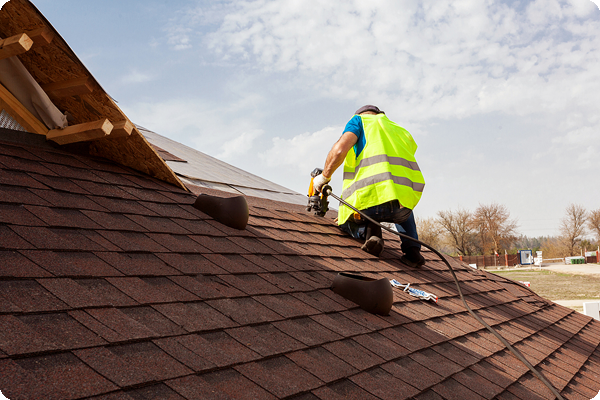
Metal Roofs
Metal roofs are becoming increasingly popular in Ohio due to their energy efficiency and longevity. Metal roofs are available in a variety of styles and colors, and can be a great choice for homeowners looking for a durable, low-maintenance roofing material. Metal roofs can last up to 50 years with proper maintenance and can be more energy efficient than other materials, saving money on energy bills.
Slate Roofs
Slate is a popular roofing material in Ohio due to its natural beauty and durability. Slate roofs are one of the most expensive roofing materials available, but have a long lifespan and are very low-maintenance. Slate roofs are a more expensive option, but they offer a timeless and classic look that can last up to 100 years with proper maintenance.
Clay Tile Roofs
Clay tile roofs offer a unique and attractive look, and are incredibly durable. Clay tile roofs are more expensive than other roofing materials, but they can last up to 50 years with proper maintenance.
Wood Shingles
Wood shingles are an attractive and natural-looking roofing material, and can be a great choice for homes in Ohio. Wood shingles are relatively easy to maintain, but require more frequent inspections than other roofing materials. Wood shake is a more expensive option, but it offers a rustic and classic look that can last up to 30 years with proper maintenance.
Rubber Roofs
Rubber roofs are great for flat or low sloped roofs and are extremely durable and low maintenance. Rubber roofs can last up to 30 years with proper maintenance.
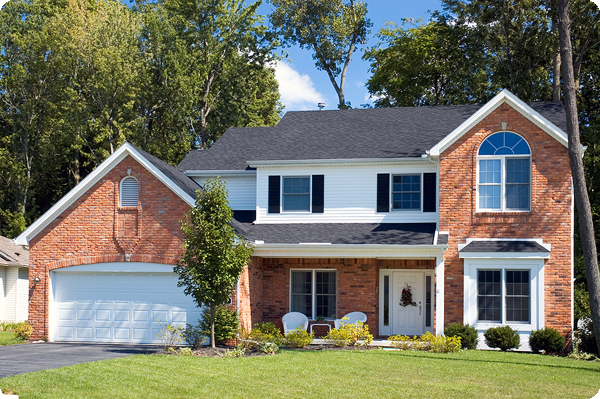
Inevitable Considerations To Ensure Maximum Lifespan Of Your Roofing
Roof Type
In Ohio, the most common type of roofing material is asphalt shingles, which are known for their long life span. Asphalt shingles are a popular and cost-effective option, and with proper maintenance can last up to 30 years! Metal roofs are also a great choice, as they can last up to 50 years with minimal maintenance.
If you’re looking for even more durability, consider clay or concrete tiles, which can last up to 100 years with proper maintenance. Ultimately, the best roof type for you will depend on your budget, the climate in your area, and the look you’re going for.
Depending on what material your roof is made of, you may need to take different considerations, which are:
- Regular Inspections: Regular inspections by professionals are important in order to identify any potential issues such as leaks, missing or damaged shingles, etc.
- Regular Cleaning: Regularly clean your roof to remove any debris, moss, or other materials that can cause damage.
- Proper Ventilation: Make sure your attic is properly ventilated to reduce heat buildup and moisture.
- Proper Drainage: Make sure your gutters and drains are clear and unclogged, and that there are no standing pools of water on the roof.
- Maintenance: Repair any damage or wear and tear as soon as possible.
- Regular Maintenance: Have a professional come out and provide maintenance on a regular basis to help protect your roof and extend its life.
- Weather Protection: Make sure to protect your roof from extreme weather conditions such as hail, wind, and snow.
The Weather Conditions Per Time & Their Frequency
The weather conditions in Ohio can vary greatly depending on the time of year. In the winter, it is often very cold and snowy, while in the summer it can be hot and humid. Roofs in Ohio should be designed to withstand the various weather conditions that can occur throughout the year. The frequency of these weather conditions in Ohio will depend on the location and time of year, with some areas receiving more snow and rain than others. In the winter, snow and ice can be expected on a regular basis, while in the summer, thunderstorms and high winds are more common.
The weather conditions of your local area should be taken into consideration when deciding on the type of roofing material you will use. Different types of materials are better suited to different climates, such as clay tiles being better suited to hot, dry climates, and metal roofs being better suited to wetter climates.
Roof Maintenance
Regular and proper maintenance of your roof is key to ensure it retains its longevity over time. This includes regular inspections of the roof for any signs of damage or wear and tear, as well as cleaning the roof of any debris or moss that may have accumulated.
Gutter Maintenance
Gutters play an important role in the longevity of your roof. By ensuring that your gutters are regularly cleaned and maintained, you can avoid any water or debris from clogging them and damaging your roof.
Ventilation
Proper ventilation is important to ensure that your roof is able to breathe. This can be accomplished through ridge vents, soffit vents, and other types of ventilation.
Insulation
Proper insulation of your roof is important to reduce energy costs and to protect the roof from extreme temperatures. This can be achieved through the use of foam insulation, or through the installation of reflective
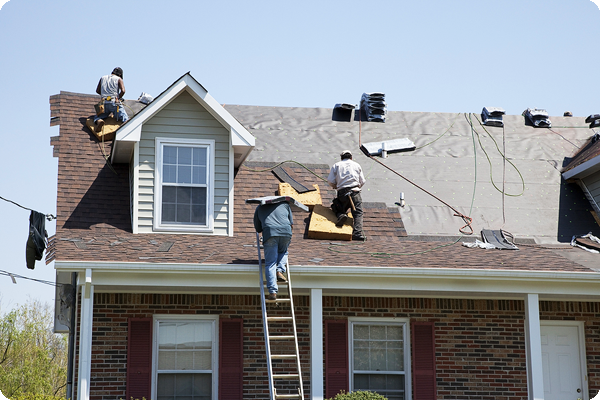
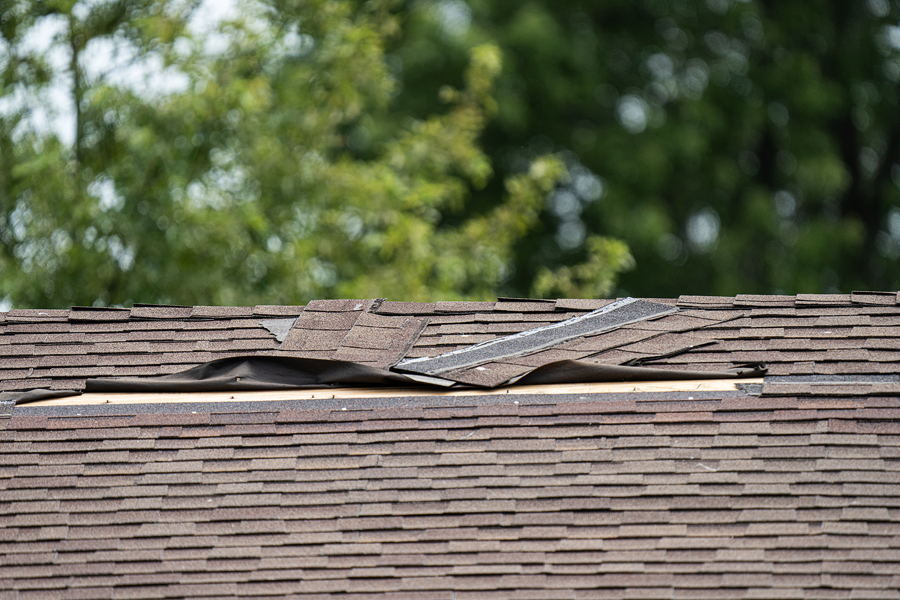
Process Of Installation
Shingle Roof Installation
Shingle roofs are one of the most popular roofing options in Ohio due to their cost-effectiveness and durability. Installing a shingle roof involves laying down an underlayment, installing flashing, laying down the starter course of shingles, installing the remaining shingles, and finishing it off with ridge cap shingles.
Metal Roof Installation
Metal roofs are becoming increasingly popular in Ohio due to their durability and energy efficiency. It is important to note that metal roofs require special tools and skills to install correctly. The installation process involves measuring and cutting the metal panels to size, marking the panels for installation, installing the metal panels, and finishing it off with trim pieces and flashing.
Flat Roof Installation
Flat roofs are often used on commercial buildings in Ohio due to their low cost and easy maintenance. Installing a flat roof involves laying down a base sheet, applying a waterproof membrane, installing a drainage system, and finishing it off with a protective coating.
Solar Roof Installation
Solar roofs are becoming increasingly popular in Ohio due to their ability to generate electricity. Installing a solar roof involves measuring the roof, laying down a securing layer, installing the photo
Roofing Maintenance Tip to Keep In Good Condition
- Inspect your roof regularly: Conducting regular inspections of your roof can help identify any issues before they become major problems. Look for signs of wear and tear, missing shingles, cracks, or holes.
- Clean gutters and downspouts: Clogged gutters and downspouts can lead to water damage to your roof, siding, and foundation. Make sure to clean them regularly to prevent water buildup.
- Trim trees: Trim any trees that are overhanging your roof to prevent damage from falling branches during storms.
- Ensure proper ventilation: Proper ventilation can prevent moisture buildup and help extend the life of your roof. Make sure that your attic is properly ventilated.
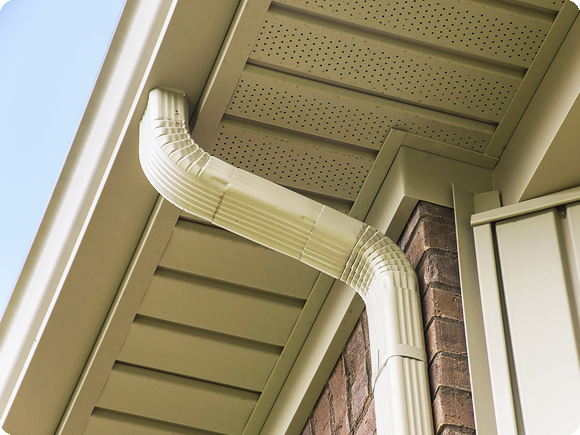
- Repair leaks promptly: If you notice any leaks, it’s important to address them promptly to prevent further damage.
- Hire a professional for major repairs: If you need major repairs or a roof replacement, it’s important to hire a professional roofing contractor who has experience working with the specific materials on your roof.
By taking these inevitable considerations into account, you can help ensure that your roof is well-maintained and can withstand Ohio’s weather conditions.
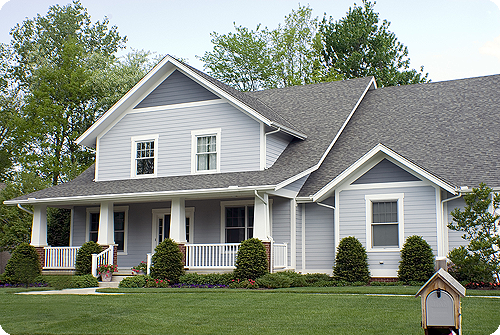
How To Detect Your Roof Needs Repair or Replacement: See The Signs
Check For Ceiling Stains
One sign that your roof may need replacing is if you notice any ceiling stains in your home. These often indicate that there is a roof leak somewhere in the roof, which can be a sign that the roof is failing. If you notice any discoloration, bubbling, or other signs of staining on your ceiling, it’s important to call a professional to investigate the cause.
Check For Rotting Or Warped Wood
If you have an older roof, it may be made of wood, and if this is the case, then it’s important to check for signs of rotting or warping. If you notice any soft spots or discoloration in the wood, it’s likely that the roof will need to be replaced.
Check For Roof Age
The age of your roof can also be an indicator of whether it needs to be replaced or not.
The Presence of Algae & Moss For A Time
Algae and moss can grow on the surface of your roof over time. While this doesn’t necessarily mean your roof needs to be replaced, it could be a sign of underlying issues, such as inadequate drainage or improper installation.
Cracks or Splits in the Shingles
If you notice any cracks or splits in your roof’s shingles, this could be a sign that your roof needs to be replaced. Over time, the elements can cause the shingles to weaken and become brittle, leading to cracks and splits.
Sagging or Bowing Areas
If any areas of your roof appear to be sagging or bowing, this could mean that the roof is not adequately supported or has been damaged by moisture. A sagging roof can be a sign that your roof needs to be replaced.
Worn Out Flashing or Edging and Missing or Broken Shingles
If you notice any missing or broken shingles, this could mean that the roof is not properly sealed. This could lead to water damage and other issues, and could be a sign that your roof needs to be replaced. Flashing is the metal edging that is used to seal roofs at intersections. Due to improper installation or aging, the flashing may get worn out and cause serious roof leaks.
You Start Experiencing Clear Water Damage
Missing or broken shingles, water stains on ceilings and walls, and sagging roof deck are all signs of water damage.
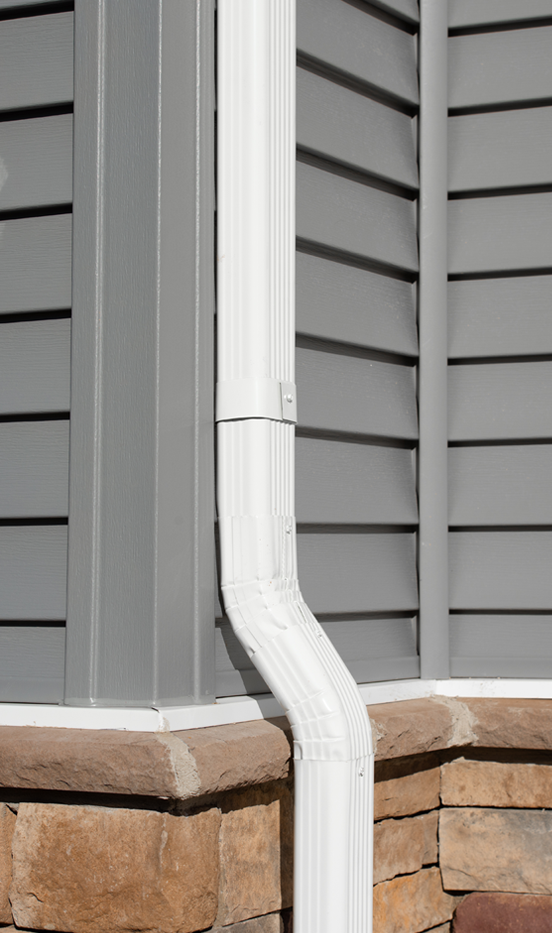
You Notice Granules in Your Gutters
Granules are small pieces of rock that are part of the shingle makeup. If you find a large amount of granules in your gutters, it could be a sign that your roof needs replacing.
Drooping Appearance
If your roof has a drooping or sagging appearance, it may be an indication that your roof needs to be replaced. The drooping of the roof can be caused by a variety of factors, including age, weather conditions, and weight of the materials used in the construction of the roof.
Light Cracks In Dark Attic
If you notice any small cracks in the dark attic, these may be signs of an aging roof. Small cracks can be caused by a variety of factors, including age, weather damage, and movement in the home’s structure.
Frequently Asked Questions
Because of how they respond to heat and light, lighter colored shingles may last longer than darker colored shingles.
While asphalt shingles, which are used to cover an estimated 75% of American homes (and possibly more in central Ohio), have a short lifespan, tile, slate, and metal roofs can last a lifetime.
25 to 50 years old. A roof typically lasts between 25 and 50 years on average. Yet, the quality, toughness, and material selected ultimately determine the lifespan of a roof.
40-70 years. Longevity is just one of the numerous advantages that metal roofs provide. Depending on the material, metal roofs can endure 40 to 70 years. The lifespan of conventional asphalt roofing materials is thought to be between 12 and 20 years.
According to the material used, the following is the suggested replacement schedule in general: Shingles age range: 12 to 20. Roofing made of asphalt: 15–30 years. 20–25 years for wood shingles.
Ohio’s most frequent roofing material is asphalt roofing, including 3-tab and architectural shingles, however other roofing materials may be found. The cost to install a roof in Ohio ranges from $5,400 to $12,000 on average, with the majority of households spending $7,500 for a 2,000 square foot roof.
